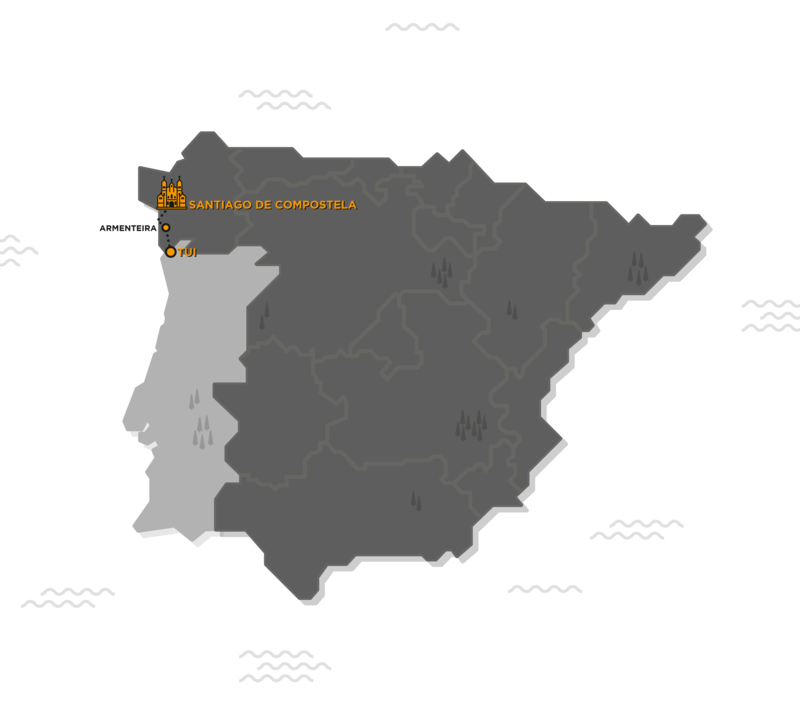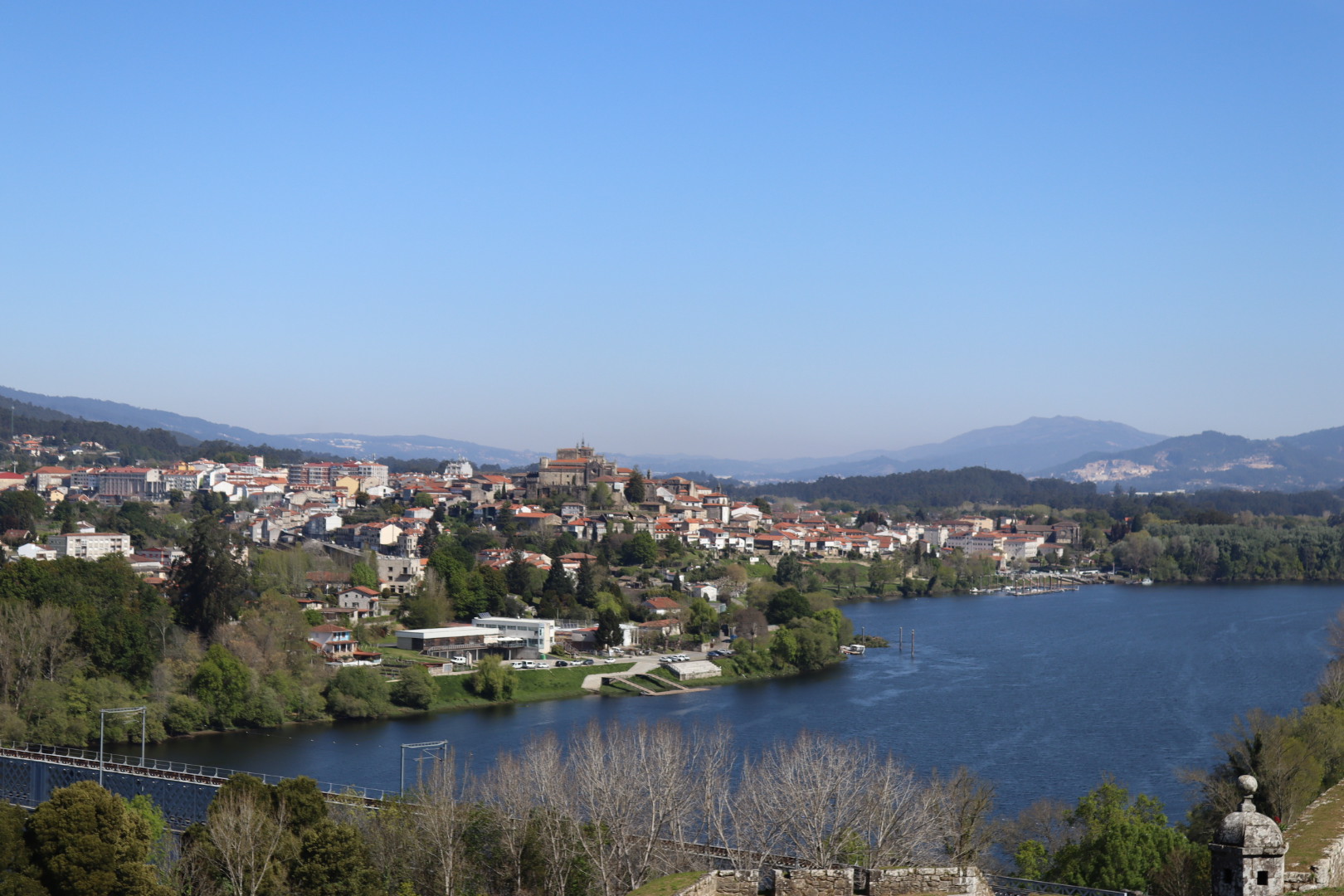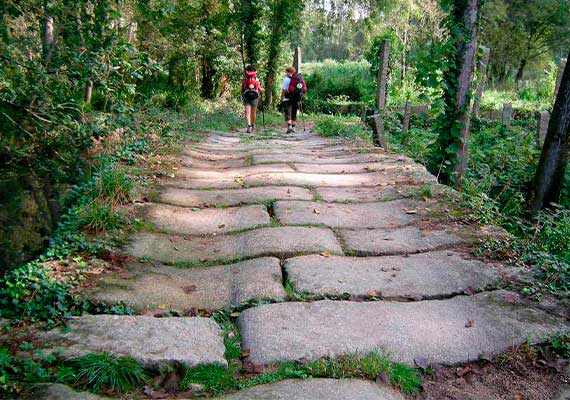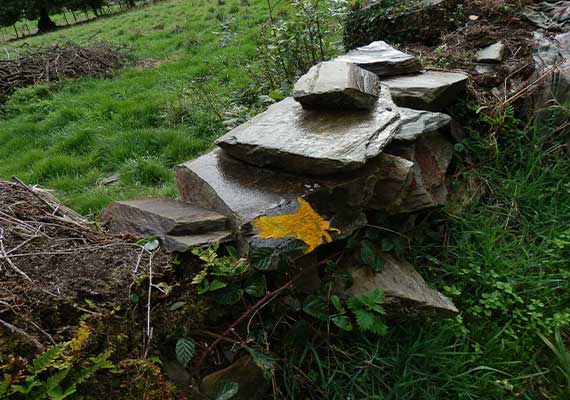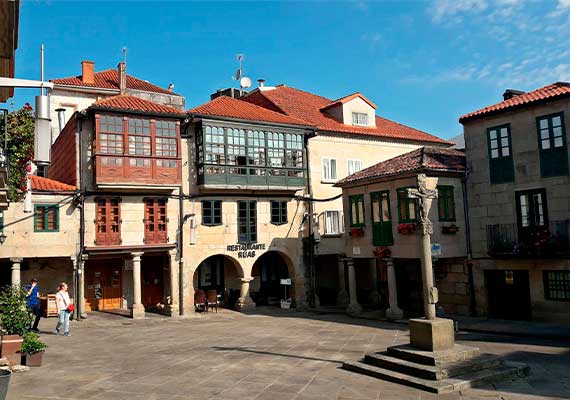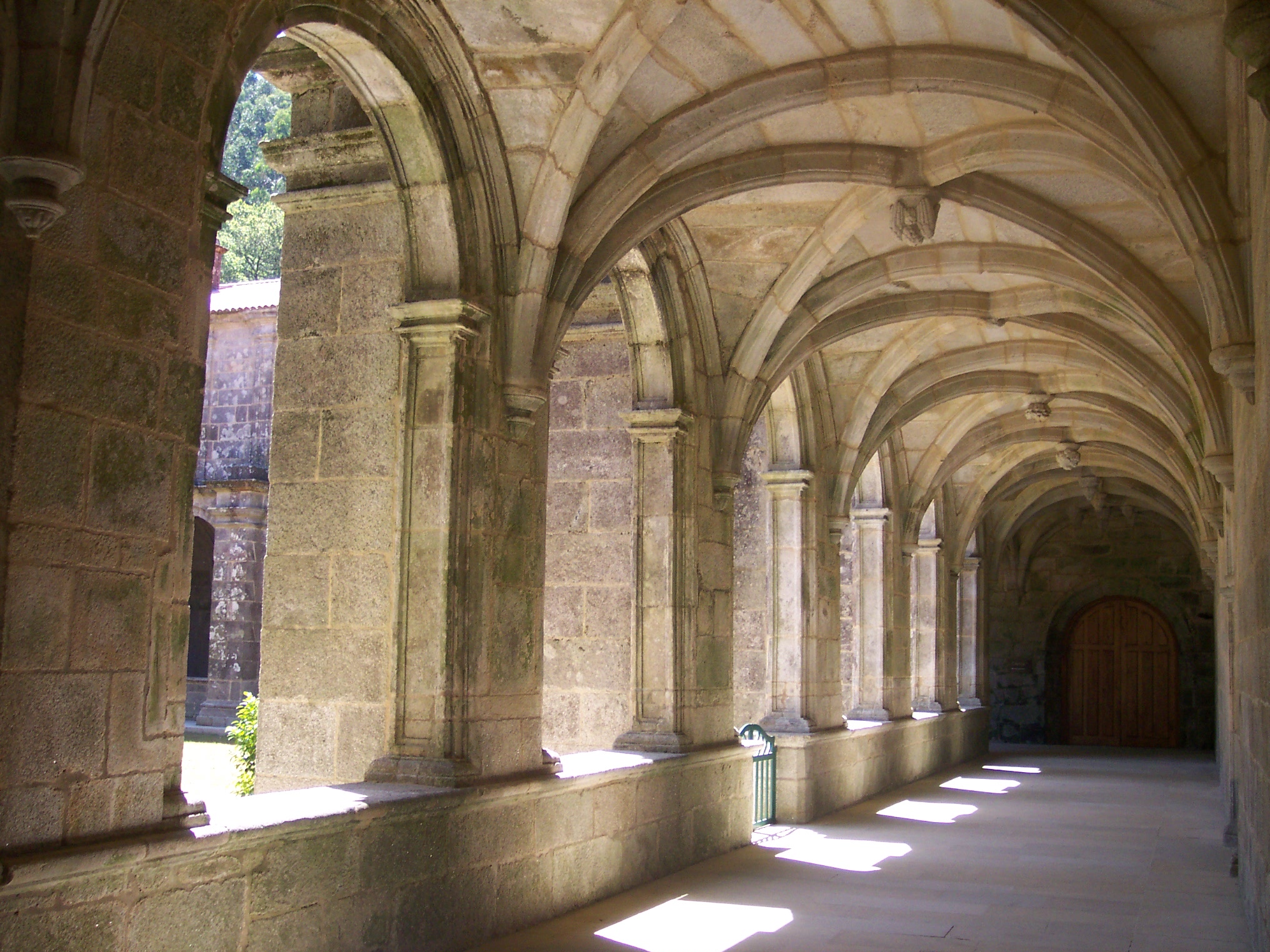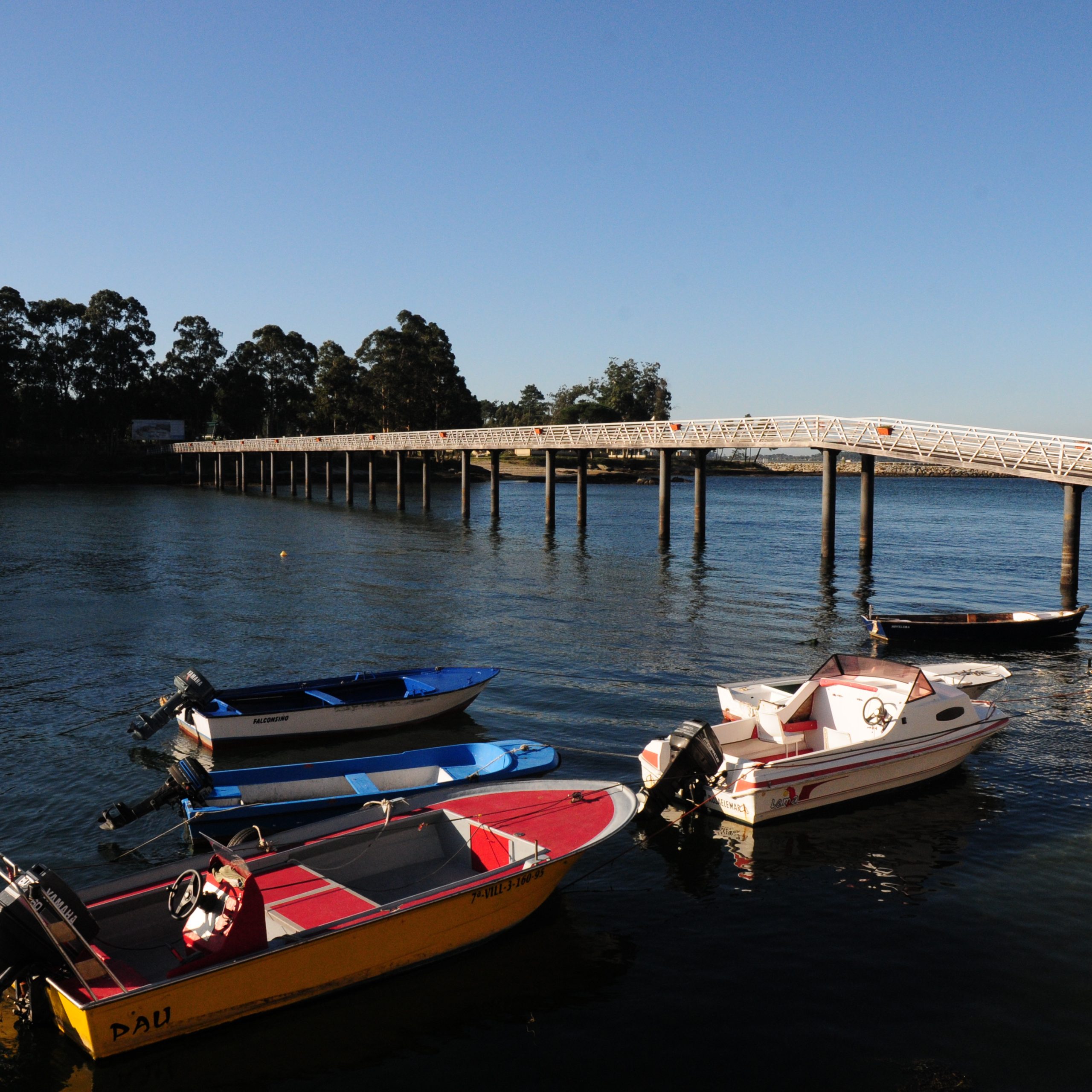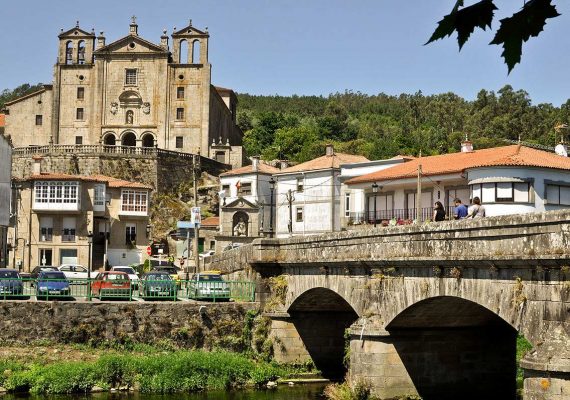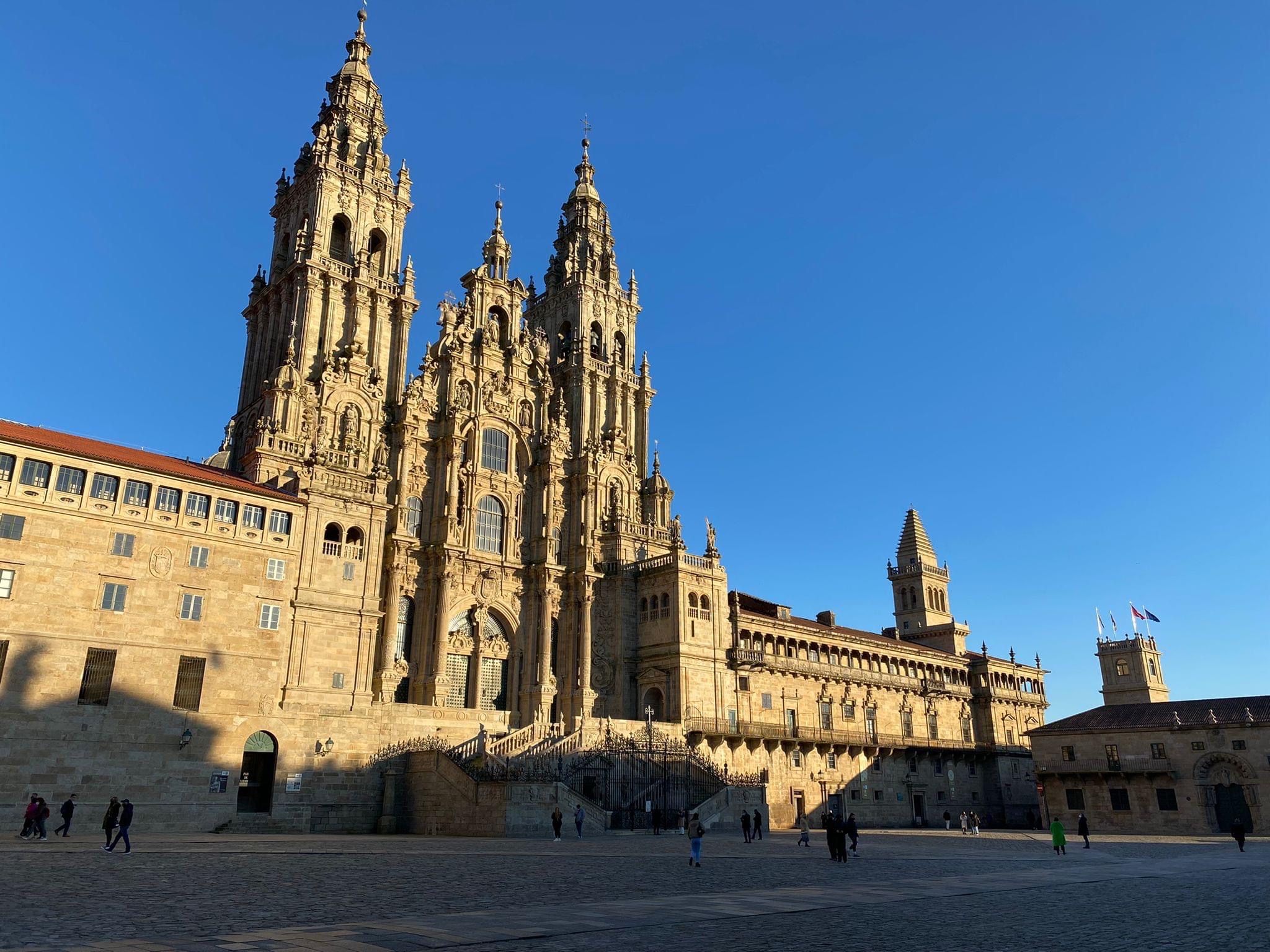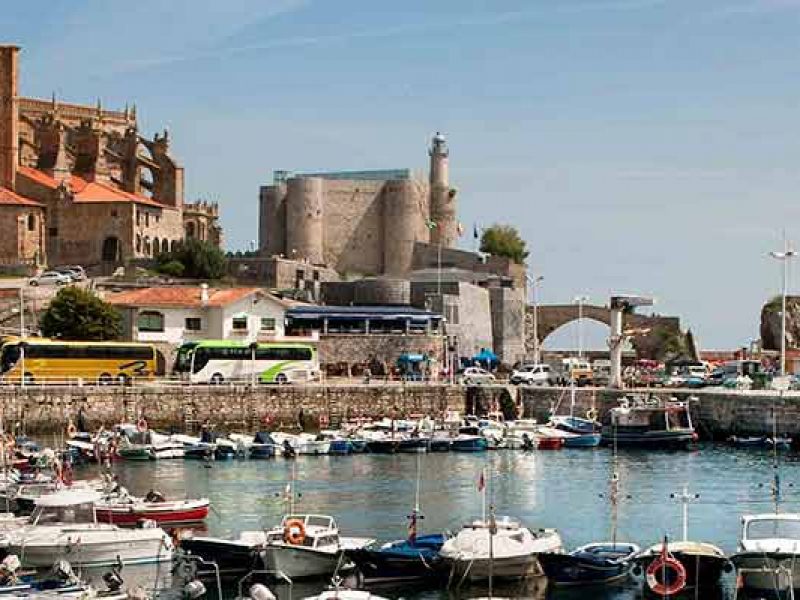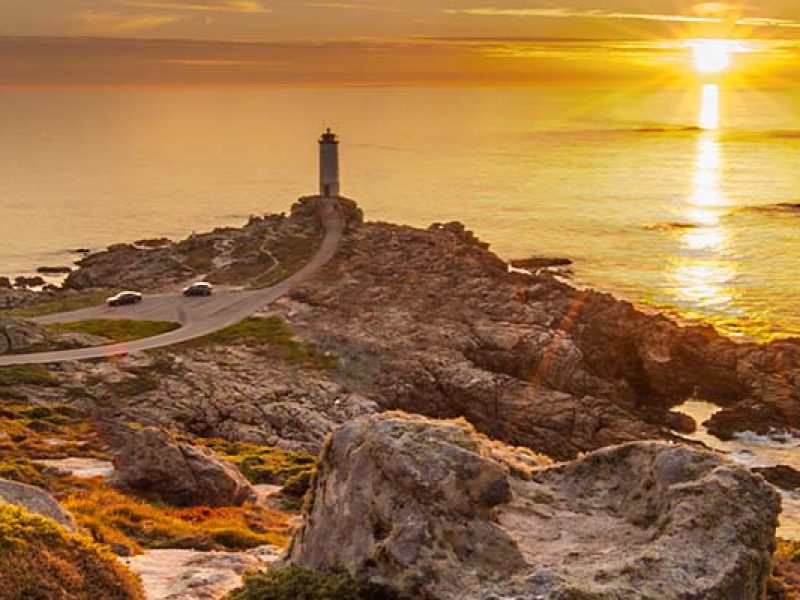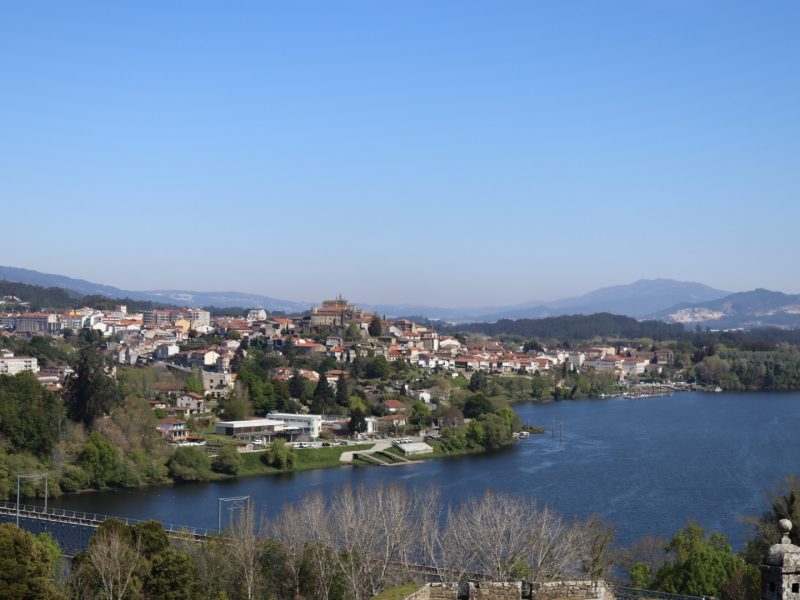Spiritual Variant Camino Portugues – from Tui to Santiago
The Spiritual Variant Camino Portugues from Tui to Santiago joins the Camino de Santiago in its route from Tui with the Traslatio route.
What does this route mean? Well, it is the route that the remains the one the Apostle Santiago made in the year 44 DC. until reaching the place where he would be buried and where he is honored today, the city of Santiago de Compostela.
Origin of the Spiritual Variant of the Camino de Santiago
The story tells that Teodoro and Atanasio, disciples of the Apostle Santiago, decided to move his body, once dead, to the furthest place that he had reached in his evangelization. With it, they traveled the entire Mediterranean, bordered the Iberian Peninsula, and, once past the Portuguese coast, entered the Arousa estuary and, from there, the Ulla river to the town of Padrón. This Spiritual Variant Camino Portugues from Tui to Santiago is also known as Ruta del Mar de Arousa.
This route not only reproduces the journey by boat, but from Padrón on, it also follows the same steps followed by the Apostle Santiago until he was finally buried in the current Compostela.
Of all the Caminos de Santiago, this is the route that most faithfully traces the footsteps of an Apostle who was never a pilgrim, but who has mobilized millions of people to become pilgrims.
Spiritual Variant Camino Portugues – from Tui to Santiago: the route
Our route begins in the town of Tui, a border town between Spain and Portugal. Until reaching the town of Pontevedra, the route is the same as the Central Portuguese Way from Tui to Santiago. Once we leave Pontevedra, we will find the detour that bifurcates the Camino Portugues and this Spiritual Variant. We should take the route to the left. This route will take us, walking along the Pontevedra estuary, to the Poio Monastery and, a little further on, to the beautiful town of Combarro, where granaries reign.
Combarro, capital of granaries
The historic center of Combarro, declared an Asset of Cultural Interest, is an unparalleled sample of three of the most traditional architectural elements in Galicia: the granaries, the fishermen’s houses and the stone crosses. A small town that lives facing the sea and in which, in addition to its unique architecture, we can find small typical restaurants in which to savor the unique gastronomy of Galicia.
Armenteira Monastery
Located in a rural location in the interior, the Monastery of Armenteira belongs to the Cistercian order and it is inhabited by nuns. Its origins date back to the 12th century. Today, only the church remains as original, with a simple and austere architecture that reflects the symbology and spirituality of the Cistercians.
The Route of Stone and Water
In the heart of the O Salnés region, once we leave the Armenteira Monastery and until reaching Pontearnelas, the pilgrim will travel this Route of Stone and Water. Crossing a natural landscape of enormous beauty, we will find a good number of mills on the banks of the river. It is a wooded area, with plenty of shade. Little by little, we will enter landscapes of orchards and vineyards that anticipate our arrival at the Arousa estuary.
The Camino de Santiago by water
Between the towns of Vilanova de Arousa and Pontecesures, the route is made by boat, just as the Apostle Santiago did. The crossing begins in the Arousa estuary and then continues sailing down the Ulla River. Surrounded by rafts in which mussels are grown, we will pass through the only fluvial Via Crucis in the world, made up of seventeen crosses that mark this Traslatio route.
The Portuguese Way to Compostela
Once on land, the Spiritual Variant Camino Portugues from Tui to San resumes the route of the Camino Portugues in all its variants between Padrón and Santiago. We will have one last stage before reaching our goal, at the feet of the Apostle Santiago.
Buen Camino!


